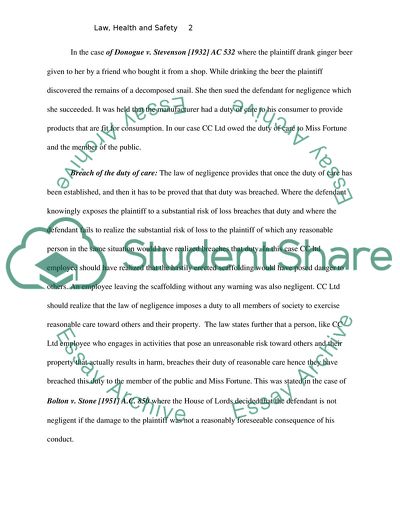Cite this document
(Law and Health and Safety Assignment Example | Topics and Well Written Essays - 1500 words, n.d.)
Law and Health and Safety Assignment Example | Topics and Well Written Essays - 1500 words. https://studentshare.org/law/1750033-law-and-health-and-safety
Law and Health and Safety Assignment Example | Topics and Well Written Essays - 1500 words. https://studentshare.org/law/1750033-law-and-health-and-safety
(Law and Health and Safety Assignment Example | Topics and Well Written Essays - 1500 Words)
Law and Health and Safety Assignment Example | Topics and Well Written Essays - 1500 Words. https://studentshare.org/law/1750033-law-and-health-and-safety.
Law and Health and Safety Assignment Example | Topics and Well Written Essays - 1500 Words. https://studentshare.org/law/1750033-law-and-health-and-safety.
“Law and Health and Safety Assignment Example | Topics and Well Written Essays - 1500 Words”. https://studentshare.org/law/1750033-law-and-health-and-safety.


